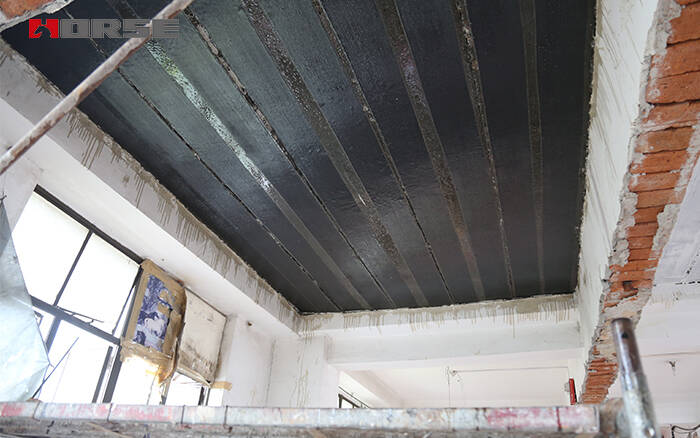Masonry buildings strengthening
Seismic strengthening
The essence ofseismic strengtheningof multi-storey masonry buildings is to improve the seismic capacity of the structure and reduce the seismic damage of the structure by improving the structural members and the structural stress.

The essence ofseismic strengtheningof multi-storey masonry buildings is to improve the seismic capacity of the structure and reduce the seismic damage of the structure by improving the structural members and the structural stress. The principles for aseismic reinforcement are as follows:
1) The seismic strengthening of multi-storey masonry buildings should be based on the results of aseismic appraisal of structures. Seismic appraisal is to evaluate the safety of structures under earthquake action by checking the design, construction quality and status quo of existing buildings and according to the stipulated fortification requirements. Reinforcement is carried out according to the results of aseismic appraisal. The whole reinforcement, section reinforcement and component reinforcement can be selected.
2) In determining the reinforcement scheme, the status quo of the structure should be investigated in depth, especially whether there is local damage in the structure, and the existing damage should be specially studied and considered in aseismic reinforcement.
3) In determining the aseismic strengthening scheme, if the aseismic appraisal is not qualified, we should focus on the restoration of the overall function of the structure, without requiring each member to restore its function; if the failure occurs under static load, the main reinforcement is various load-bearing walls (columns).
4) In the coordination of bearing capacity and deformation capacity, the bearing capacity is the main factor, and the improvement of bearing capacity is emphasized to make up for the deficiency of deformation; but when the result of seismic evaluation is only insufficient, the reinforcement scheme to improve the integrity is still the main one.
5) The comprehensive seismic capacity of the strengthened floor should not exceed 30% of the prescribed value, and should not exceed 20% of the comprehensive seismic capacity of the next floor.
6) In the same floor, the comprehensive seismic capacity of non-load-bearing wall and self-bearing wall should not exceed the comprehensive seismic capacity of non-reinforced load-bearing wall, otherwise the load-bearing wall should be strengthened.
7) The selection of reinforcement scheme should avoid the redistribution of internal forces to form new weak parts or lead to the transfer of weak parts. If the transfer occurs, the new weak parts should be treated.
8) When adding brick walls to change the stress system and transmission way of brick buildings, corresponding changes should be made to the structural calculation sketch to make the stress system and transmission way conform to reality, and to reduce the earthquake action of the original buildings.
(9) Seismic strengthening is to focus on the safety of the structure, should also take into account the structural applicability and beauty, to achieve a scientific and reasonable and safe and beautiful organic unity.
(10) Economic reinforcement should be adopted, and it is easy to construct and minimize the impact on production and life.